I can’t get no satisfaction.
Aside from hearing it as the chorus in a rock n’ roll classic, it’s a phrase you never want to come from your customers. No customer satisfaction = no retention. No retention = shrinking customer base. And bad word-of-mouth. And plummeting profits.
Yes, you need a great product. Yes, you need a competitive price. But the future belongs to the experience around your product or service, through each stage of your sales funnel.
In fact, Walker Consulting predicts that experience will be the key differentiator by 2020. Not the price nor the product itself. It will first and foremost be about the experience – and customer satisfaction – you provide.
“It comes down to how your customer experiences the brand – and how that brand makes a person feel.” ~ Alex Allwood, The Holla Agency
In essence, their satisfaction with your brand, your product, your service, your messaging, and more, will make or break you. Are you ready for that?
In the 2018 Digital Trends report, Econsultancy asked which opportunity businesses were most excited about for the year ahead. The #1 response?
Customer experience (aka CX).
More than content marketing, more than mobile, more than personalization, and more than social. Experience – and by extension, satisfaction – beat out some very heavy hitters.
The good folks at Walker also discovered that 86% of consumers are willing to pay more for a better CX.
Businesses are going to focus on customer satisfaction and experience, and consumers are actively looking for those brands that deliver on the promise.
Sounds too good to be true, doesn’t it? But of course, you may have more questions than answers: how do you achieve customer satisfaction? How do you increase customer satisfaction? How do you define customer satisfaction?
Let’s dig in.
What Is The Meaning Of Customer Satisfaction?
Before we explore it in more detail, we need to define customer satisfaction itself.
At its most basic, customer satisfaction measures how your product, service, and overall experience either falls short, meets, or exceeds customer expectations.
How you measure it varies from business to business. Some may base it entirely on retention and repeat customers, while others may create a numerical value based on data and/or customer feedback.
Regardless, it measures, rates, and attempts to manage how happy your customers are with you, your products, and your brand as a whole.
Happy = good. Not-so-happy = bad. It’s really that simple.
Why? Glad you asked.
The Importance of Customer Satisfaction in Business
It’s obvious that satisfied customers are a good thing. However, it may be a bit harder to articulate exactly why.
The short answer: companies that prioritize customer satisfaction grow and increase revenue. Those that do not, don’t.
So, are you prioritizing customer satisfaction and success? And if you’re nodding your head, are you absolutely sure? Less than half of surveyed consumers – only 48% – believe the brands and businesses they buy from are actually doing so.
Growth and revenue are key elements of a successful business. That goes without saying.
Benefits
Beyond the growth correlation – if you actively work to increase customer satisfaction, you’re more likely to see an increase in revenue – there are plenty of other reasons to make it a top priority.
Take word-of-mouth, for example. It matters, especially in the ultra-connected and always-on digital world we call home. We can instantly share our experience with a brand with thousands of others on social media and review sites like Yelp.
And aside from that potential reach, we trust and seek out online recommendations:
- 92% of consumers trust recommendations from friends and family.
- 68% of respondents said a positive review made them more likely to use a business, while 40% said a negative one made them not want to use it.
- 93% turn to online reviews to decide if a business is good or bad.
- Just under half of consumers won’t consider a business with less than a 4-star rating.
- 34% read 4-6 reviews before deciding to trust a business.
- Word-of-mouth is listed as a key influencer for 74% of consumers.
- Facebook and Yelp are the two most trusted review sites.
That’s a lot of potential goodwill and positive publicity. But it works both ways. 60% of consumers share a bad experience with others – and they tell 3x as many people – compared to only 46% who share the good ones.
The takeaway? You’d better do your best to ensure each customer interaction is a positive one. If you don’t place a premium on relationship marketing and customer satisfaction, you won’t be aware of problems or complaints until it’s too late.
Once the word is out, it’s out. As the saying goes, you can’t manage what you don’t measure. If you prioritize keeping your customers happy, you’ll a) reduce the number of unhappy ones, and b) know about and work to resolve dissatisfaction that much faster.
Win-win.
But the benefits of a customer-first approach don’t stop there:
Brand loyalty
Why would a happy, satisfied customer ever look elsewhere or want to leave you? You’ll see lower churn, and higher retention. And a 5% increase in retention can increase profitability by as much as 25-95%. Let that sink in.
“Return customers tend to buy more from a company over time. As they do, your operating costs to serve them decline. What’s more, return customers refer others to your company. And they’ll often pay a premium to continue to do business with you rather than switch to a competitor with whom they’re neither familiar nor comfortable.” ~Fred Reichheld, Creator of Net Promoter
Brand buzz
A platoon of happy advocates and cheerleaders singing your praises on social media and review sites is the absolute best publicity that money can – or can’t – buy. Work to make it happen.
Brand trust
Consumers trust people – even strangers – more than they do advertising and marketing.
“Measurement is the first step that leads to control and eventually to improvement. If you can’t measure something, you can’t understand it. If you can’t understand it, you can’t control it. If you can’t control it, you can’t improve it.” ~H. James Harrington, CEO of Harrington Management Systems
Measure, understand, control, and improve.
Customer Satisfaction Goals
So, what should your customer satisfaction goals include? Hard to say. No one knows your business better than you. Your goals may not be my goals, and vice versa.
Generally speaking, you want to keep things simple. Use the SMART goal system (Specific, Measurable, Achievable, Relevant, Time-limited). Set only 1-2 at a time (otherwise they start competing with each other). Write them down (studies show you’re 2-3x more likely to follow-through). Keep them realistic.
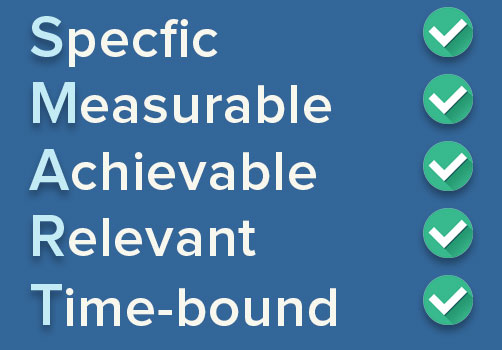
Your first goal should be to start collecting customer satisfaction data if you haven’t already. That’s a no-brainer, and we’ll get into the how in a moment.
Identify the problem spots, the bottlenecks, and the frequent complaints.
After that, your goals may include reducing churn or increasing retention by X%, reducing the number of contact points with repeat customers, decreasing complaint response time, increasing the NPS by X%, experiment with different communication channels, boost the number of “completely satisfied” customer interactions, reduce shipping time, and so on.
What would most benefit your business and your customers? Go with that.
Learn How to Measure Your Customer Satisfaction
Now we get to the meat and potatoes. It’s all well and good to plan and promote customer satisfaction within your business, but how exactly does that play out in the world?
Hubspot recommends a simple acronym to remember the steps: OCCAM (as in Occam’s Razor, the idea that the simplest explanation or approach is usually the best one):
- Outline goals and plan.
- Create customer survey.
- Choose trigger or timing.
- Analyze the data.
- Make adjustments.
You can’t get much simpler than that.
Begin by asking yourself: Why? Why am I doing this? What do I hope to accomplish? What do I want to get out of this?
A customer satisfaction survey is one of the easiest and most reliable methods for getting a snapshot of satisfaction levels around a particular element of your business (your products, your complaint resolution, your customer service, and so on). Popular methods include:
- Customer Satisfaction Score (CSAT), which measures their satisfaction on a particular interaction.
- Customer Effort Score (CES), which examines the ease with which they were able to have their issue successfully resolved or complete an action (like making a purchase).
- Net Promoter Score (NPS), which asks how likely they are to recommend your business to someone else.
Next, determine who will receive your survey, and when. Immediately after a purchase? At the end of an online chat? A week after a complaint was lodged? Look to your goals from the first step for guidance here, as the who and when is determined by what you’re trying to accomplish.
The cardinal sin of data collection is doing nothing with it. Once you have the data, make sure you analyze and use it to make improvements. Otherwise, you’ve wasted everyone’s time and effort.
Some methods are easy to analyze – NPS is simply the percentage of Detractors subtracted from the percentage of Promoters – while others are more complicated. Many customer satisfaction tools have built-in analysis as part of the service. If not, a quick online search can provide dozens of tutorials and how-to guides.
Surveys with a single question and a multiple-choice answer are typically best, but don’t be afraid of longer ones with open-ended questions. They require more effort in both creation and analysis, but they also provide deeper and more varied understanding. You get what you put in.
Once you have some insight, use it. Make adjustments. Unclog bottlenecks. Remove friction. Make it easy and convenient for your customers to get what they want and do what they need to do.
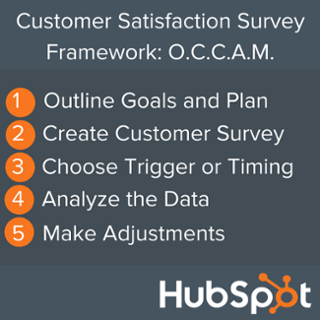
That’s the whole idea.
3 Customer Satisfaction Examples
Looking for some inspiration? Here are three examples of the satisfaction game done right:
In Action
Trader Joe’s is a popular chain of grocery stores with 470+ locations. They have a truly remarkable return policy that puts customers completely at ease and removes all friction, especially those thinking of trying a new product. They will literally take back any product – even if it’s open and/or partly consumed – without a receipt. No. Questions. Asked. The policy includes food, beverages, and alcohol. Don’t like that new wine or beer? Bring back what’s left, get a refund.
“Try it. We think you’ll like it. If you don’t, bring it back for a full refund.” ~Trader Joe’s
With a generous return policy like that, you can bet everyone is recommending them to their family, friends, and followers.
Read or Leave a Review
Amazon clearly knows what it’s doing. Every product on the site has a star-rating at the top of the page, and every customer is encouraged to leave their honest review.
Click the upside-down triangle, and you can select the star-rating that matters most to you, and instantly read the comments left by those consumers that rated it as such. What problems did people have that resulted in a 1-star rating? What pros motivated others to give it five stars?
Not only is Amazon collecting mountains of valuable data on customer satisfaction to answer those questions and more – allowing them to identify common complaints and issues – but they’re also leveraging that data immediately as testimonials – both positive and negative – for those thinking about making a purchase. One-click. One stop.
And that’s one of the many reasons why Amazon is the king of the e-commerce game.
Customer Satisfaction Survey
The humble customer survey performs outside its weight-class. Easy to create and execute, but delivers a powerful data punch.
Dashlane is a password vault and manager. Already one of the most popular in the niche, they’re not resting on their laurels.
This simple NPS survey was sent out via email to existing customers, literally takes just seconds to complete, but collects priceless data and makes their customer base feel warm, fuzzy, and appreciated (their opinion matters).
The Best Strategies to Improve Customer Satisfaction and Retention
Convinced yet? You should be, so let’s jump into some of the best strategies for better customer satisfaction and retention.
Net Promoter Score
The NPS is one of if not the most popular strategies for gauging customer satisfaction with and loyalty to a particular brand. It’s simple, easy to calculate, and boasts some excellent completion rates because it takes just a few seconds to complete.
One basic question (usually a straightforward one like “How likely are you to recommend us/this product to your friends and family?”), and a scale from 1 (least likely) to 10 (most likely). That’s it.
Anyone answering from 0-6 are called Detractors. They’re your unhappy customers, and they can do a lot of damage to your reputation if left to fester.
Passives are those that answer either 7 or 8. They’re satisfied, but not really enthusiastic.
Your Promoters are those customers responding 9 or 10. They’re happy, loyal, and frequently recommend your brand and products.
Your NPS is a quick calculation:
Percentage of Promoters – Percentage of Detractors = Net Promoter Score (a value ranging from a low of -100 to a high of 100).
Just knowing your score instantly tells you how your customers feel about you. But you can do so much more with it: segment your customers into promoters (reward and encourage them), passives (what can you do to increase their enthusiasm?), and detractors (what issues are making them so unhappy?), collect “reasons why” (most services allow for a follow-up open-ended question about why they responded as they did), drive reviews and improve retention.
The Likert scale survey can deliver most of the same benefits, too.
Social Media Monitoring
The internet is awash in people talking about, well, everything. It’s your job to keep abreast of what people are saying about you, your brand, and your products. You can’t sit back and assume everything is hunky-dory.
To that end, social media monitoring has become a keystone of digital existence. And there’s a long list of top quality tools and services that do it for you (more on that below).
Select one, set a few keywords and phrases, and start listening. The faster you “hear” that someone had a bad experience, the faster you can reach out and try to fix it. Likewise, the faster you “hear” someone had a great experience, the faster you can reach out and thank them, possibly offering some special reward or discount for their patronage.
Listen. Respond. React.
Ask for Feedback
Ask and ye shall receive. The simplest way to improve customer satisfaction and retention is to ask for feedback.
Consumers are ready, willing, and able to provide feedback and reviews…if you ask them. Far too many businesses don’t bother. What better way to find out exactly how they feel about everything and anything than asking them directly?
It might be a message on social media, a short email, a pop-up on your site, a push notification, a link at checkout or the end of a chat, or anything else you can think up. The method isn’t all that important. The asking is.
Customers want to feel appreciated and recognized as individuals, not just dollar signs. Asking for their opinion gives them that, and gives you the concrete data you need to make good business decisions.
They feel respected. They feel valued. And that’s half the satisfaction and retention battle right there.
Provide Solutions
Asking for feedback is one thing. But how do you use that to improve customer satisfaction?
You provide solutions. If they’re unsatisfied with some aspect of your product or service, it’s easy to offer excuses and get defensive.
That benefits no one. You need to provide solutions to their complaints.
Shipping takes too long? Offer an express option. Customer service not available at midnight on a Tuesday? Launch a chatbot or self-serve help center.
Their problems + your solutions = better satisfaction and retention.
Try implementing these four strategies to increase customer satisfaction today. Not tomorrow. Today. This isn’t an exhaustive list, but it will kick start things and deliver some quick wins to motivate you and make you hungry for more.
Customer Satisfaction Tools And Methodologies
No matter what strategy or method you’re considering, the tools exist to make it fast, affordable, and convenient for businesses or any size or budget.
Net Promoter Score
Social Media Monitoring
Customer Feedback
Online Reviews
User Testing
Email Survey
No matter what you need, a Google or Bing search will find you dozens of tools and services to get the job done. Then, do it. Ask the right questions. Make the right decisions.
Are Customer Satisfaction Surveys Useful?
Ah, the $64,000 question. Is it worth it?
Short answer? Yes.
We’ve already seen the connection between prioritizing customer success and revenue growth. That alone makes it a worthwhile exercise.
Identifying satisfied customers allows you to nurture them into loyal customers using reward programs, special incentives, personalized content, and more.
A focus on customer satisfaction makes you stand out from the masses. Not everyone is doing it yet. Make an impression now.
Satisfaction surveys bridge the gap between what you think you’re doing, and what your customers believe you’re actually doing. For example, 80% of surveyed CEOs said they deliver an exceptional customer experience, but only 8% (!) of customers agreed. That’s a serious disconnect.
In 2018 and beyond, the customer experience and satisfaction is everything.
What is The Best Way to Deal With a Difficult Customer?
No matter how hard you try, you will encounter unhappy, upset, and difficult customers. How you deal with them will determine your overall success.
You can’t make everyone happy all the time. Don’t even try. When a difficult customer crosses your threshold – digital or otherwise – follow a few best practices:
- Listen without interrupting. Let them rant and vent and get it all out. They want to be heard.
- Apologize with empathy. Let them know you understand the issue, and appreciate how frustrating it must be.
- Ask questions for clarification as necessary. Explicitly ask what they would like to see done in response.
- Offer solutions. Never excuses. If you can’t give them exactly what they want, offer alternative solutions. Use positive language: instead of saying “I can’t do that”, try leading with “here’s what I can do…”
- Remain calm. Some customers are unreasonable. Keep your emotions in check.
- Follow-up later to determine if it was resolved to their complete satisfaction.
- Learn from the experience.
Of course, they are other tips and tricks you could employ in the situation, including some psychological strategies if you want to get fancy, but the steps outlined above are the simplest way to turn a difficult customer into a satisfied one.
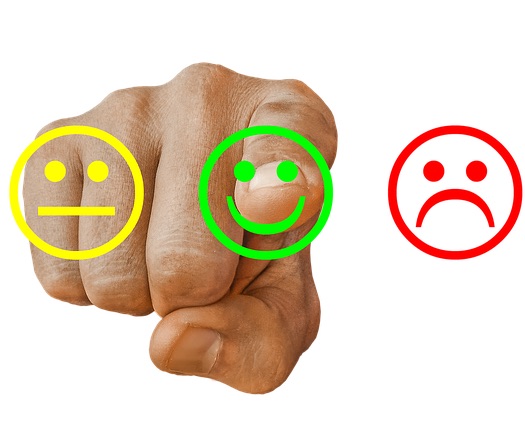
How To Treat Customers And Provide Them a Good Service
With respect.
It goes deeper than that, of course, but treating them with respect at all times goes a very long way in creating happy, satisfied, loyal customers.
In addition to that:
- Have open lines of communication. Email, phone number, social media profiles, online chat, instant messaging, and more. Provide the channels they want.
- Respond to communication – both positive and negative – in a timely manner. As a rule of thumb, people expect an online answer in well under and hour.
- Under-promise and overdeliver.
- Say “thank you”.
- Train your staff in delivering spectacular customer service. It’s a skill. Don’t assume your employees have it already.
- Listen. Respond. Ask for feedback. That’s the satisfaction loop to create.
We could devote an entire post to this subject. Suffice to say, follow the golden rule: treat others as you’d like to be treated. You may be a business owner, but you’re also a customer at other times. What do you look for in exceptional customer service? Do that.
Common Questions About Customer Satisfaction
The quality of questions you ask determines the usefulness of the answers you get. You can – and should – ask questions about every aspect of your customer service:
- The quality and quantity of offered products/services
- Your commitment to customer success
- Your pricing
- Company transparency
- Accessibility to both your customer service reps as well as your products/services themselves
- Your consistency
- Your business aesthetics, including your sites, physical stores, brand messaging, and corporate values and ethics
Ask how well a product meets their needs. Ask about the most important missing features. Ask which features are most important to them. Ask them what one thing they would change. Ask if they’d recommend your business or product to a friend. Ask if they’re likely to buy from you again. Ask about the ease in which they accomplished their purpose (make a purchase, make a complaint, resolve an issue). Ask about your competition. Ask, ask, ask.
Ask questions. Get answers. Then ask why they gave that answer. Keep it short. A multiple choice or scale question with a short input field to explain why is about all you need.
Conclusion
Customer satisfaction is your business, regardless of your product, industry, or niche. You must make it a priority. That’s true today, and will only increase in importance in the years to come.
Collect, analyze, and use data on customer satisfaction for every stage of your funnel, every interaction and touch-point, every product launch, and more. Pick and choose your moment, of course, as no one wants to be inundated with surveys all the time. But no area is off-limits for selectively surveying and asking for feedback.
That’s how you improve. That’s how you grow. And that’s how you turn customers into repeat customers and repeat customers into cheerleaders.
About the Author: Neil Patel is the cofounder of Neil Patel Digital.


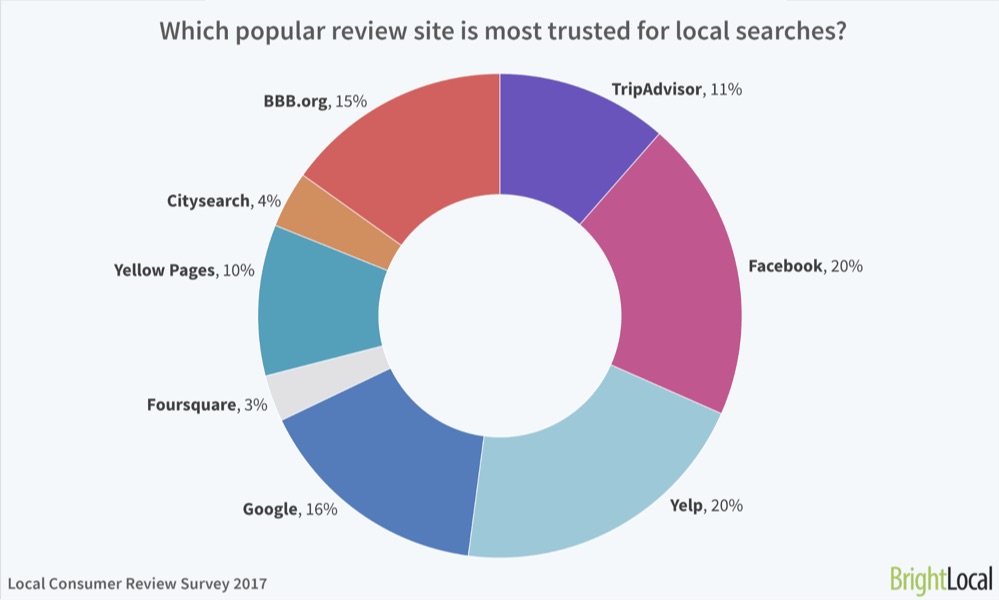
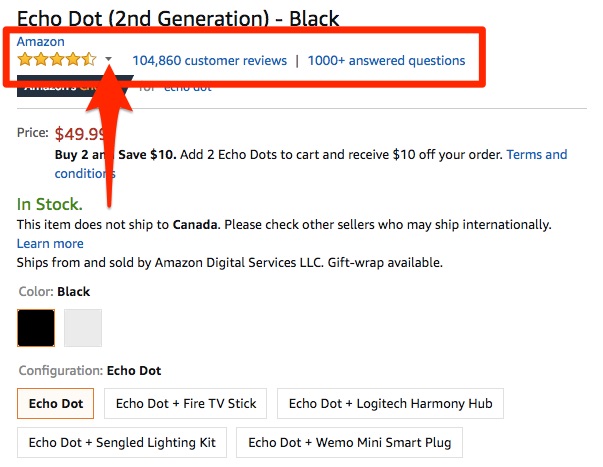


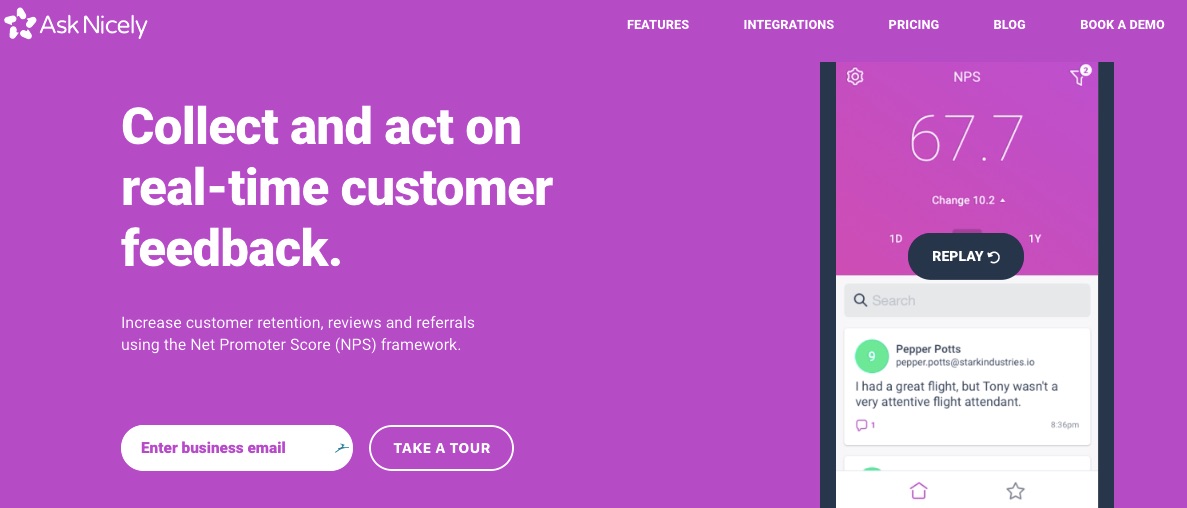

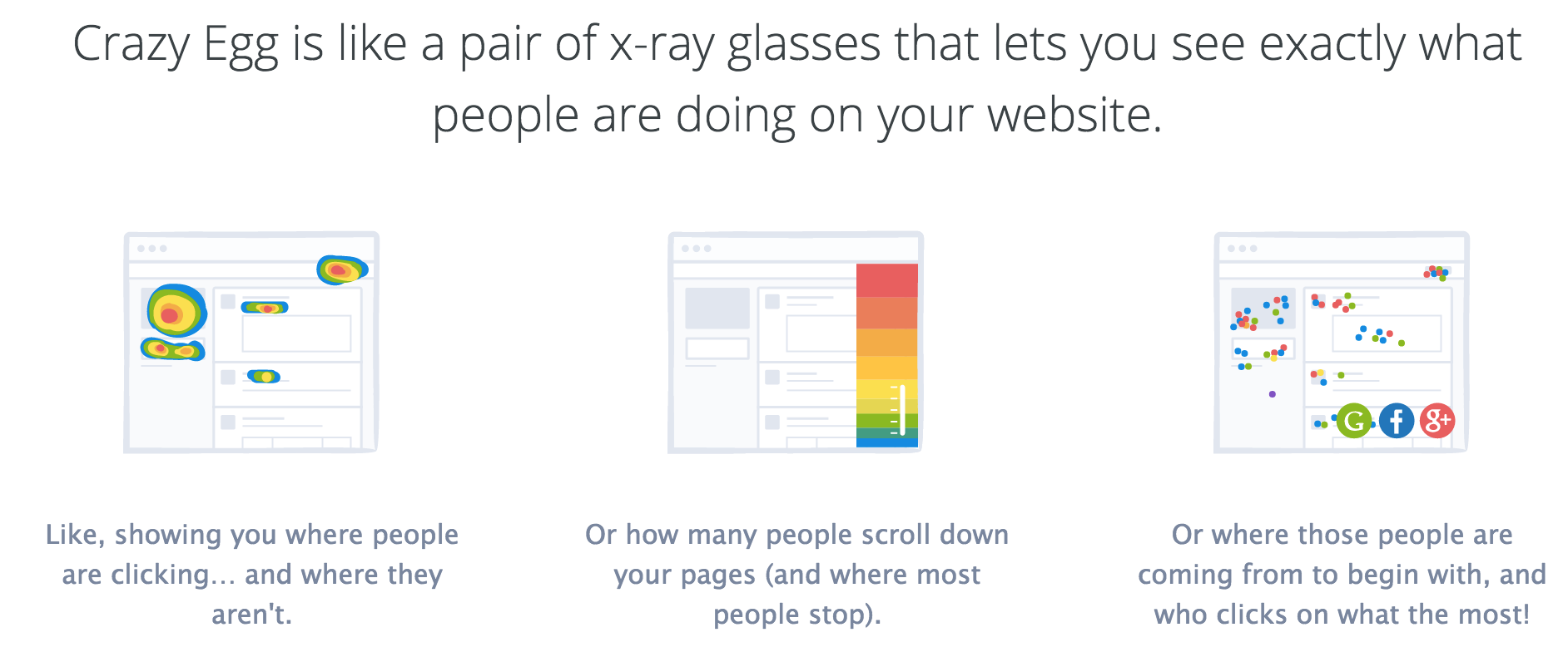
Go to https://www.ytviews.in/ for increasing YouTube viewership and subscribers, Best portal for social media marketing in India.
ReplyDelete